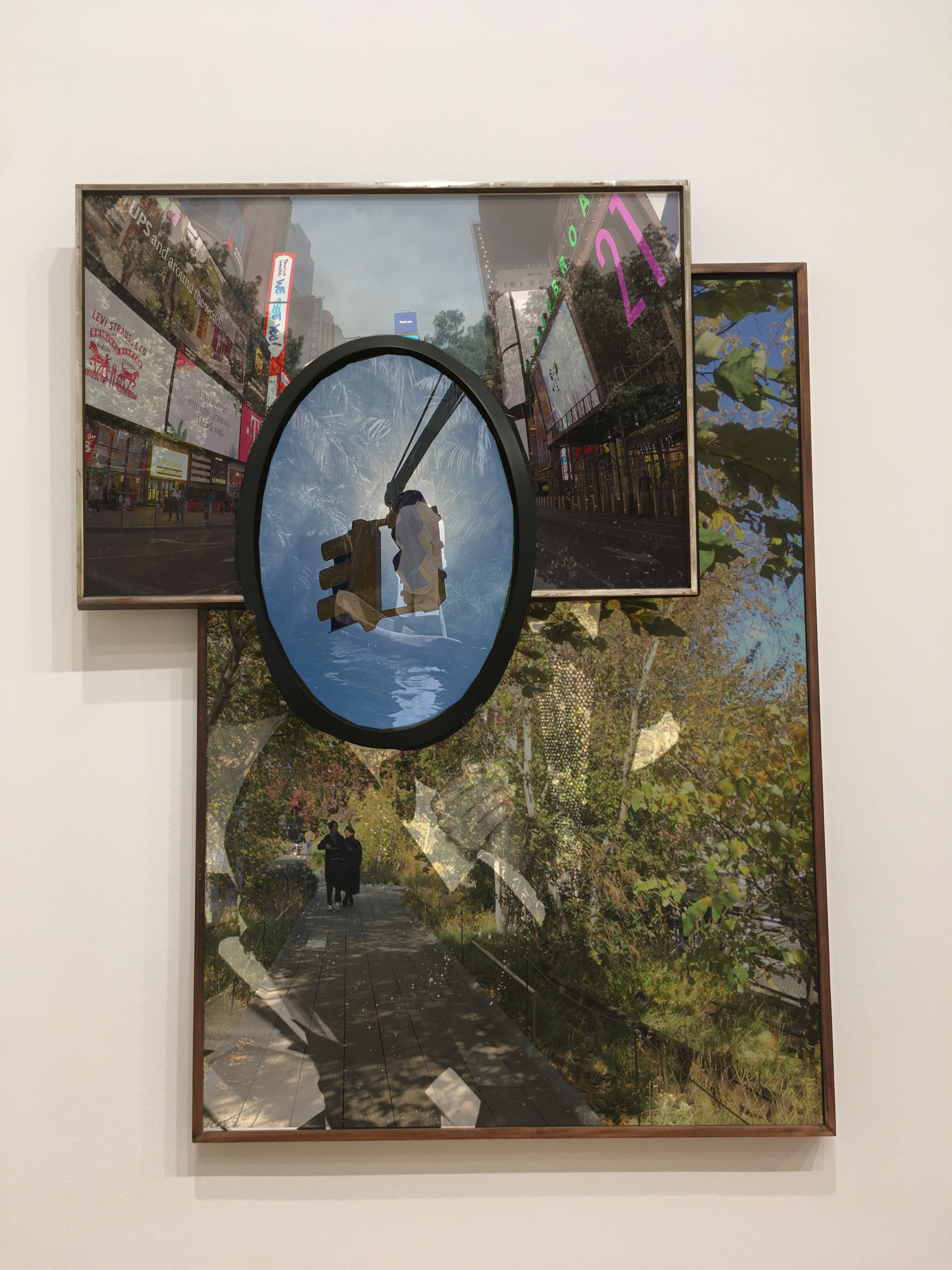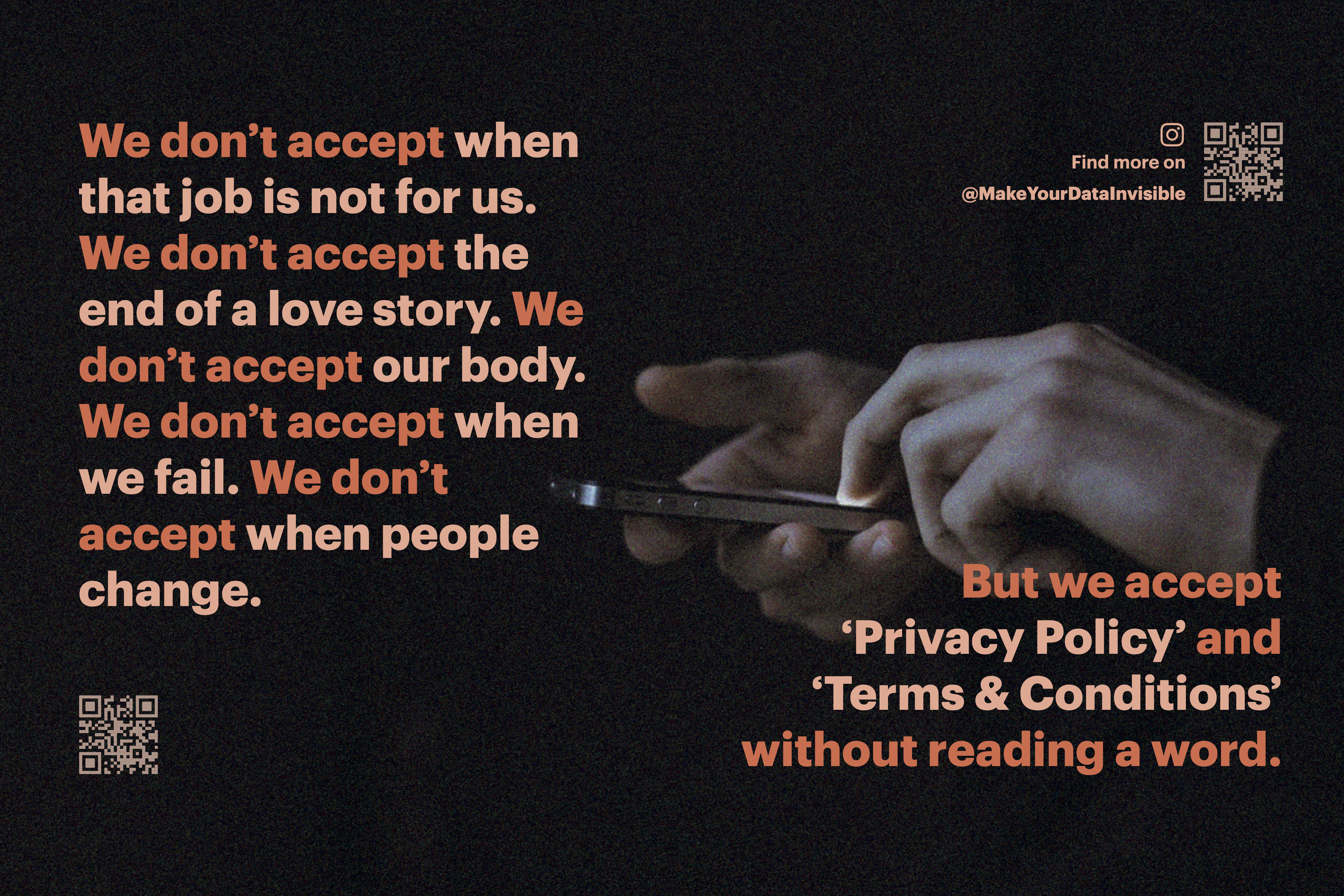Privacy as identity
Giulia Privileggio
The conception of privacy has many facets, it’s not unique and depends on the context, different cultural aspects, and, ultimately, individual perception.
Privacy is a sensitive issue. We live in a digital world where we continuously generate and share large amounts of data stored and used by other individuals, companies, or governments. For this reason, protection of online privacy and control of web users’ personal data has become crucial. To protect an individual’s privacy also means to safeguard his own identity in the social sphere. Through the continuous development of technologies and platforms to communicate online, our identities are under constant construction/ reconstruction, and also our perception of individual’s privacy evolves accordingly.

The diversity wall
Each user has a different perception of privacy. The reason is the context of a person’s life, job, interests, and culture—aspects that also shape and characterize the user’s identity. Each column represents each individual’s identity in a visual language that slightly changed...based on continuous construction and reconstruction
Feeling home
This project focuses on personal interpretation of privacy in the domestic spheres. The result is a collection of installations born from the relationship between the feelings and different senses that characterize the meaning of privacy at home. Each photo is related to a specific texture linked to the home environment.
Reanimation
‘Reanimation’ concerns the places affected by the coronavirus. During the long period of isolation, many cities have started to breathe again. Flora and fauna have returned to the heart of the urban scenarios.
Personal data
The following images represent the process of our personal data. Our movements are traced, collected, stored, and used by other individuals, big tech companies, or governments. Then, they can predict and influence our future online movements, purchases, and choices and sell the user’s personal information to other people or entities.
Make it (in)visible: Instagram page
Part of my capstone is based on creating an Instagram page that represents data collected from a hundred people on their perception of their online privacy. The purpose is to understand users’ awareness about this topic and find a way to sensibilize them about the risk they can encounter in the digital space.